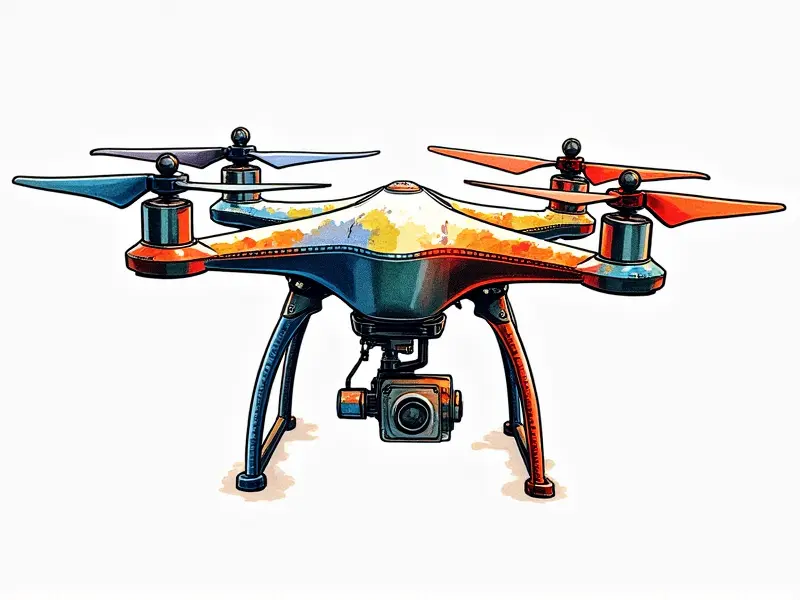Can I fly RC planes indoors?

Can RC Planes Be Flown Safely Indoors?
Flying remote control (RC) planes indoors is a topic of interest for hobbyists seeking to enjoy their passion without the constraints of outdoor conditions. However, it's essential to understand whether indoor flying is feasible and safe.
Indoor Flying: Is It Possible with RC Planes?
The possibility of flying RC planes indoors depends on several factors including the type of plane, available space, and safety measures in place. While some models are designed for indoor use, others may require a larger environment to operate effectively.
Challenges of Indoor RC Plane Flying
- Limited Space: Indoors, you'll face the challenge of limited space compared to outdoor settings where planes can fly freely over vast areas.
- Safety Concerns: There's a higher risk of damaging property or injuring people due to reduced maneuverability and visibility.
- Lack of Wind Resistance: Indoor conditions lack the natural wind resistance that helps stabilize planes, making control more challenging.
Tips for Flying RC Planes Indoors
- Select Appropriate Models: Opt for smaller and lighter models designed specifically for indoor use. These are easier to maneuver in confined spaces.
- Clear the Area: Ensure there's ample clearance around your flying area, removing any obstacles that could cause damage or injury.
- Practice Control: Gain proficiency with your RC plane’s controls before attempting indoor flights to minimize risks and improve performance.
RC Plane Flying: Indoor vs Outdoor
Flying RC planes indoors offers convenience but comes with limitations, whereas outdoor flying provides a more expansive environment and better conditions for maneuverability. Each setting has its unique advantages and challenges.
Is Indoor RC Plane Flying Legal?
The legality of indoor RC plane flying varies by location and purpose. In general, it's advisable to check local regulations regarding noise pollution and property damage before engaging in such activities.
The Reality of Indoor RC Plane Flight
Flying RC planes indoors is a reality for many hobbyists who enjoy the convenience but must navigate through challenges like space limitations and safety concerns. Proper planning and equipment choice can enhance indoor flying experiences.
Can Small RC Planes Fly Indoors?
Small RC planes are generally better suited for indoor use due to their size, maneuverability, and design features that cater to confined spaces. These models often come with enhanced stability mechanisms suitable for indoor environments.
Indoor RC Plane Flying: Pros & Cons
- Pros:
- Convenience of flying anytime, regardless of weather conditions.
- Limited risk of damage from outdoor elements like wind and rain.
- Easier to practice control in a controlled environment.
- Cons:
- Limited space restricts maneuverability and flight patterns.
- Potential for property damage or injury due to reduced visibility.
- Noise levels can be disruptive in residential settings.
Best Indoor RC Planes for Beginners
For beginners, the best indoor RC planes include models like the Hubsan X4 Mini Quadcopter and the Syma X5C-1. These are lightweight, easy to control, and designed specifically for indoor use.
Should You Try Indoor RC Plane Flying?
If you're looking for a convenient way to enjoy your hobby without worrying about weather conditions or finding suitable outdoor locations, indoor flying might be the right choice for you. However, it's crucial to weigh the pros and cons and ensure safety measures are in place.
Conclusion
Flying RC planes indoors offers unique advantages but comes with its own set of challenges. By choosing appropriate models, clearing your space, and adhering to safety guidelines, you can enjoy a fulfilling indoor flying experience that complements outdoor adventures.

